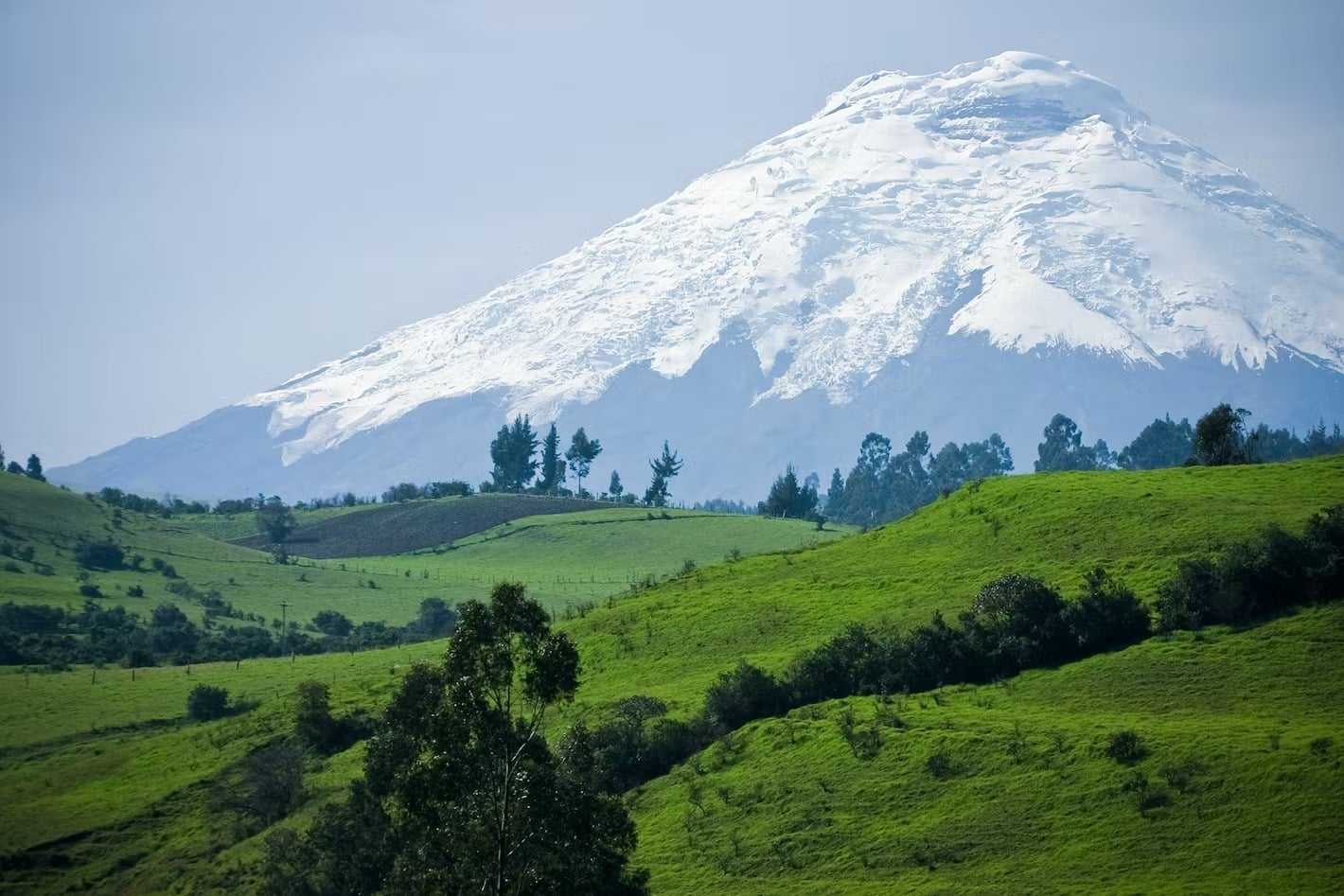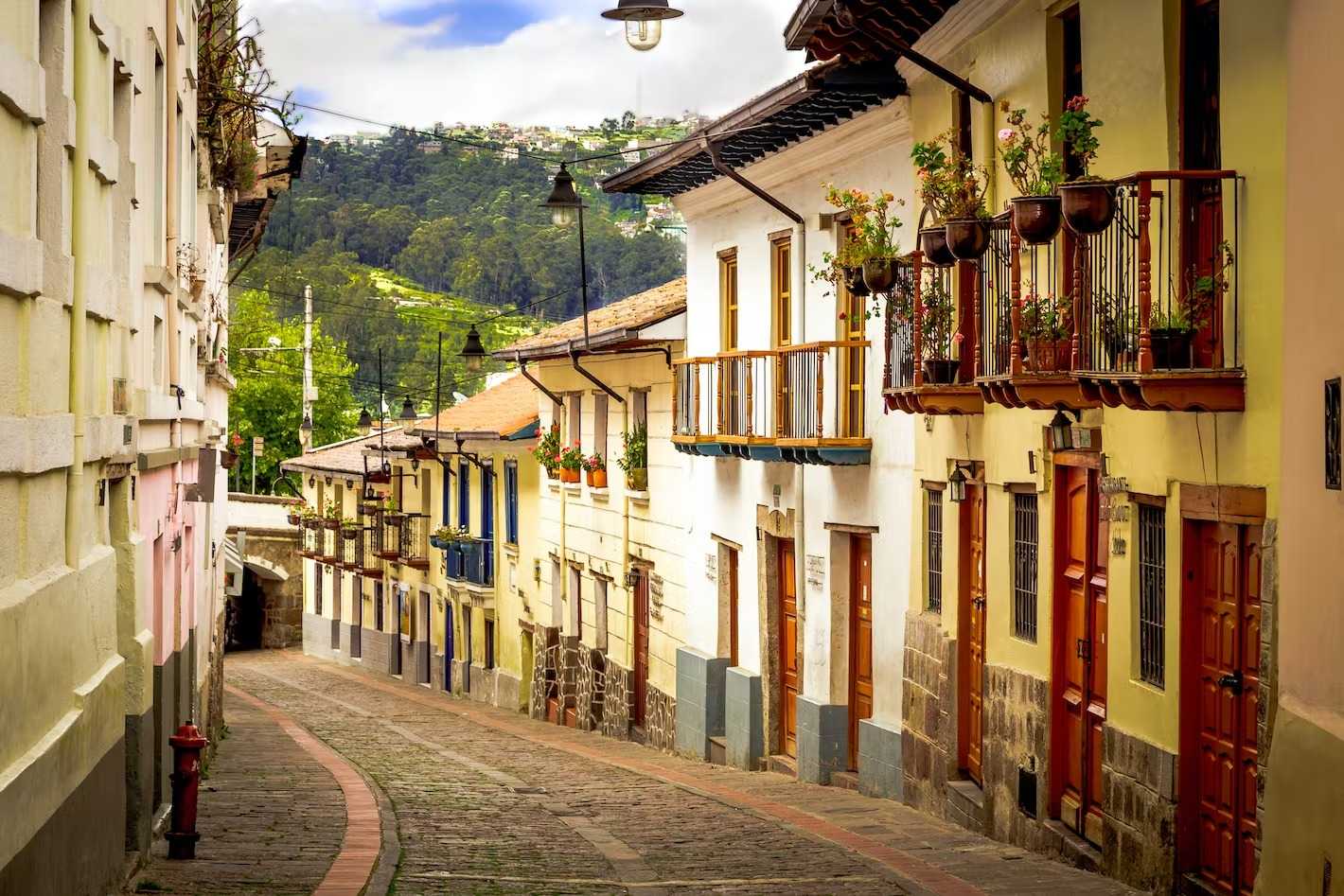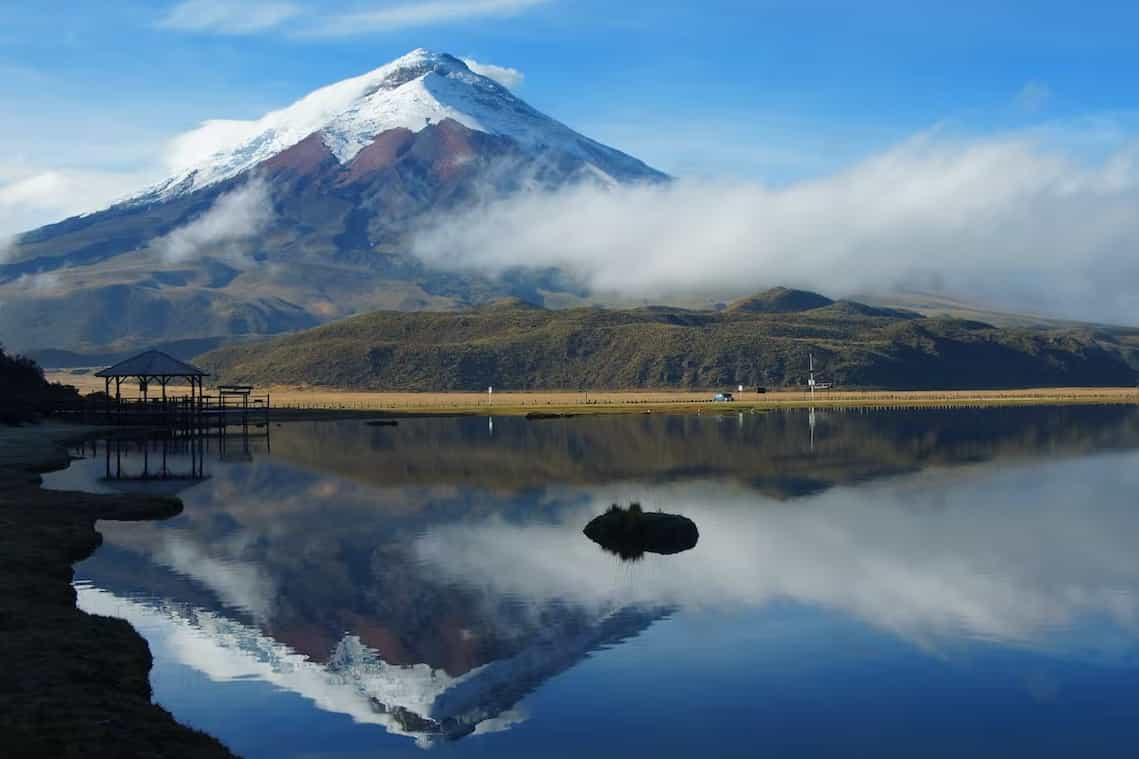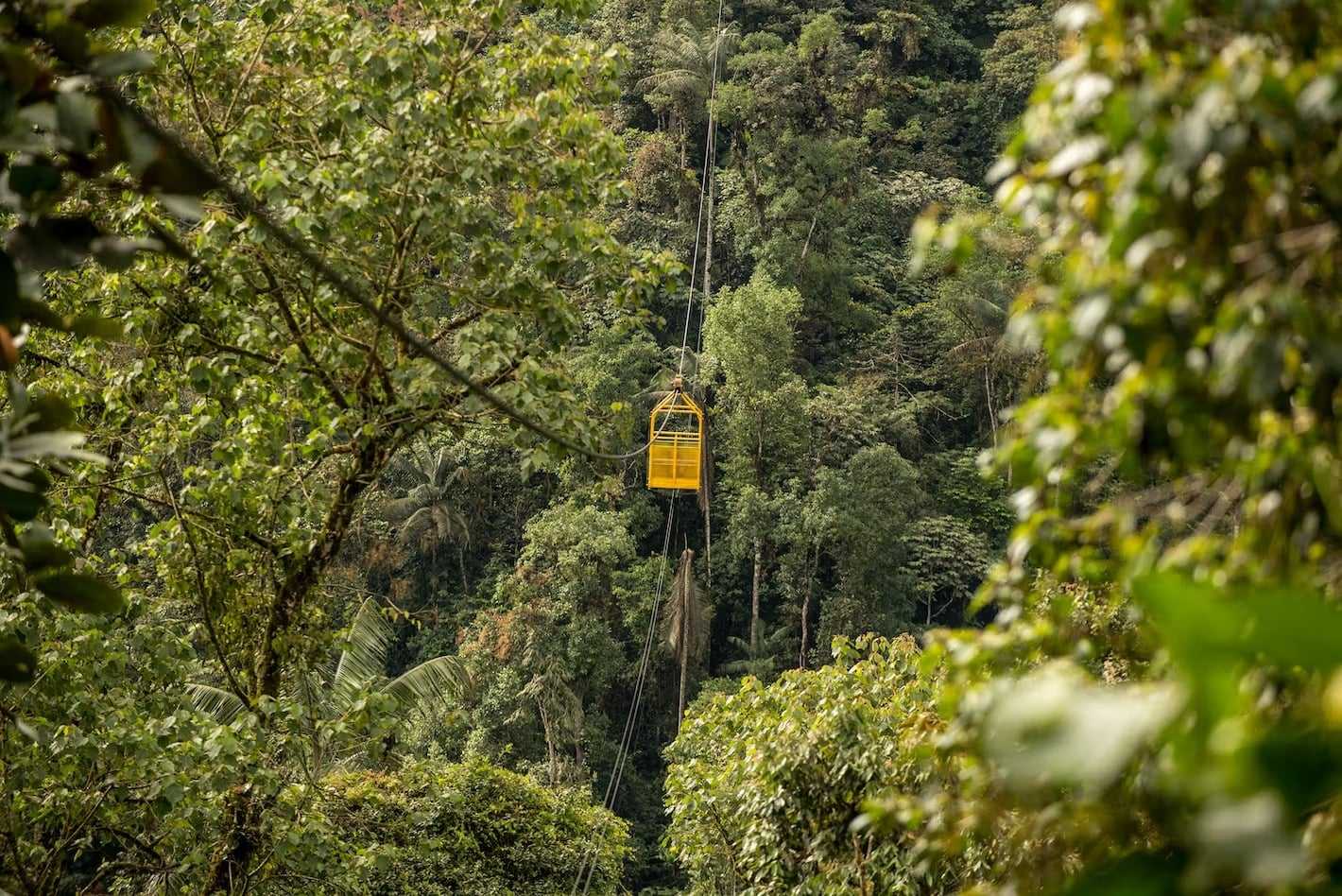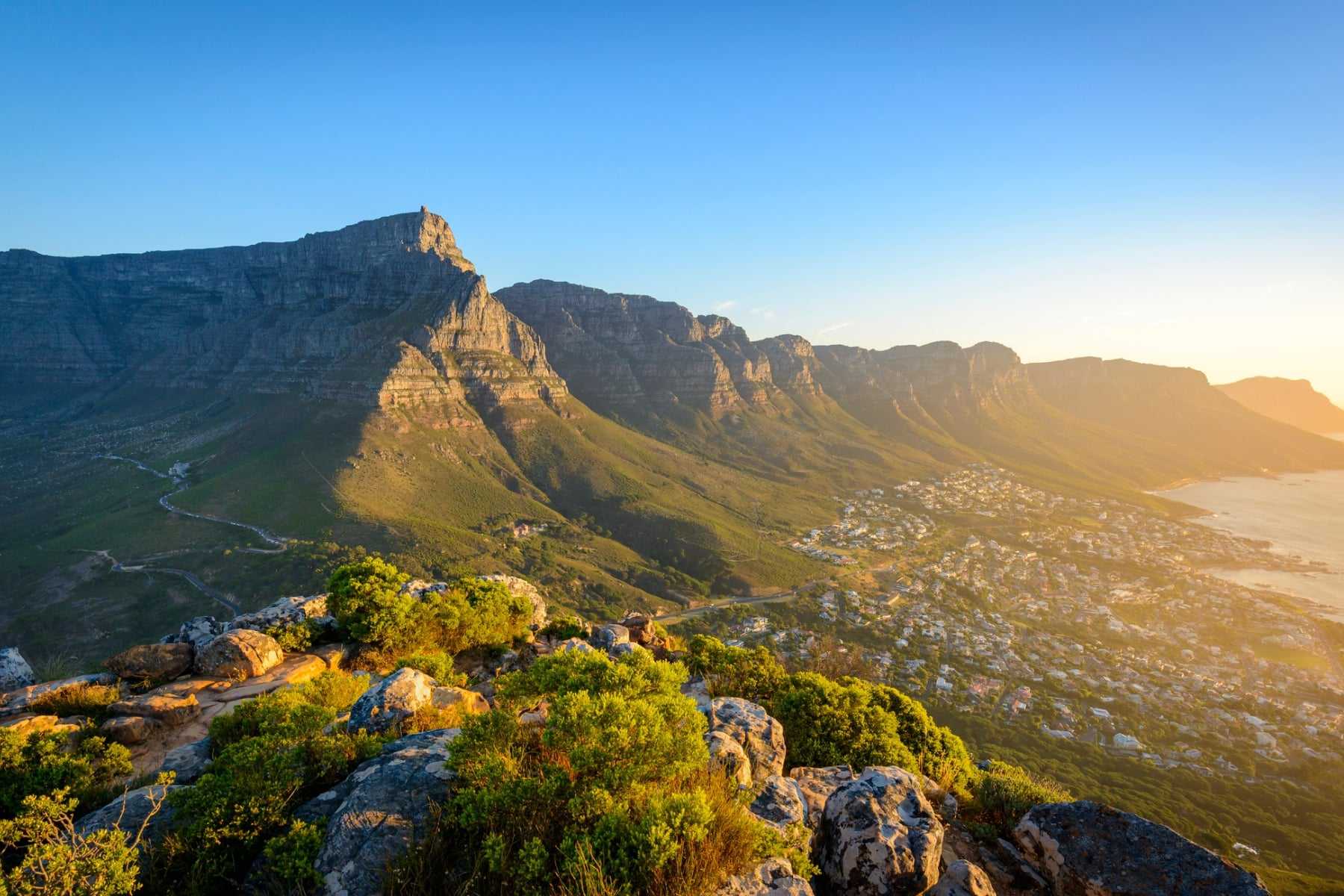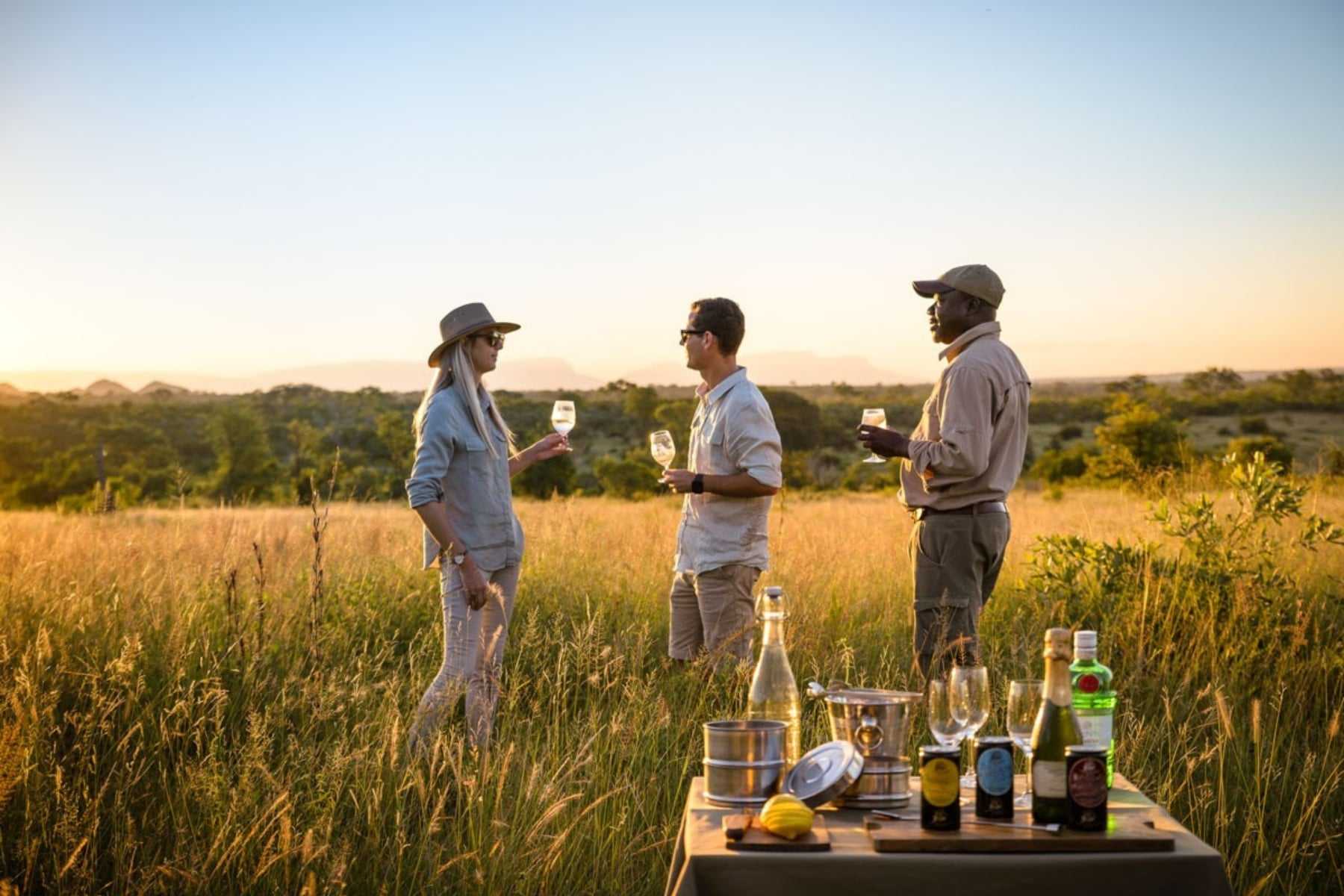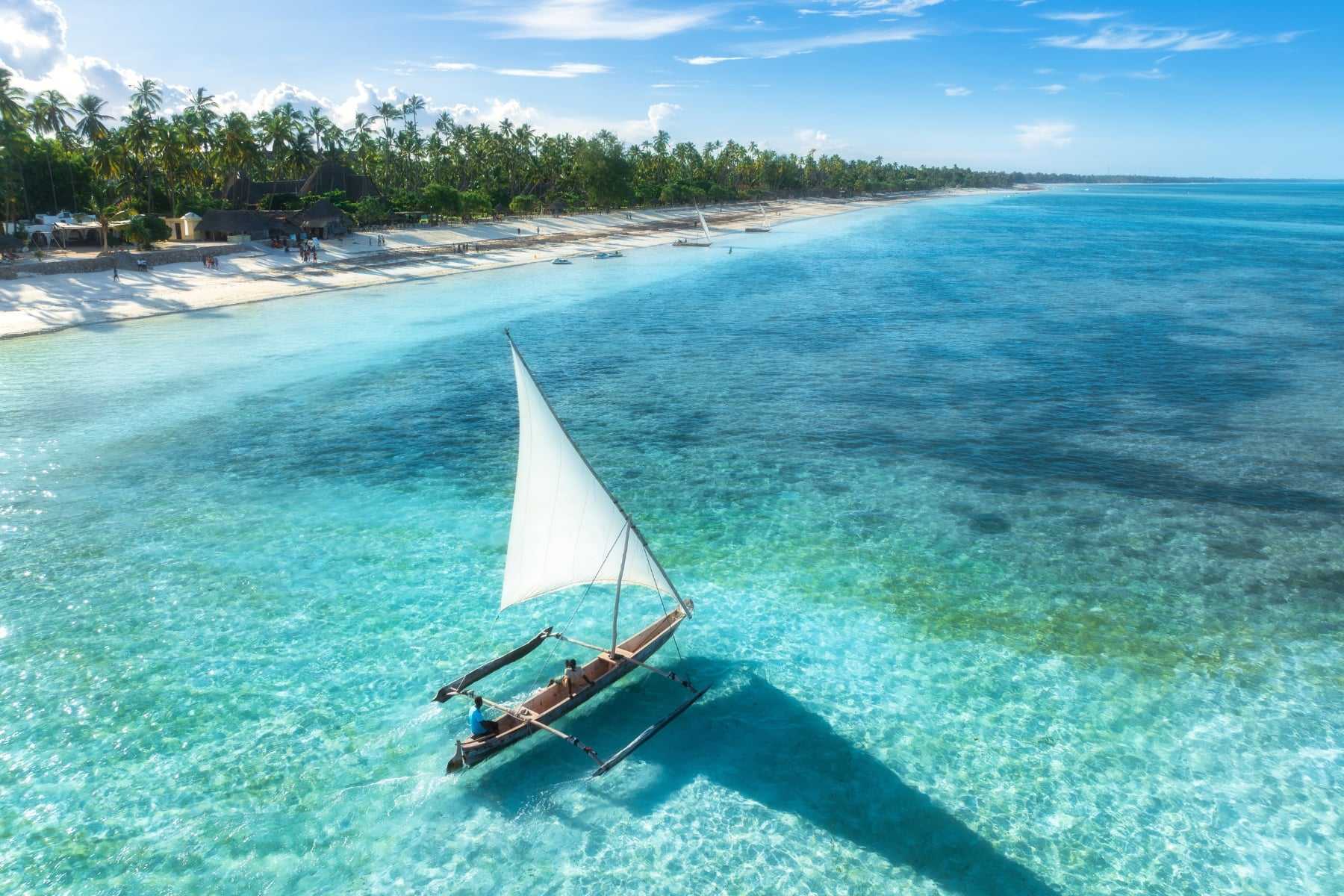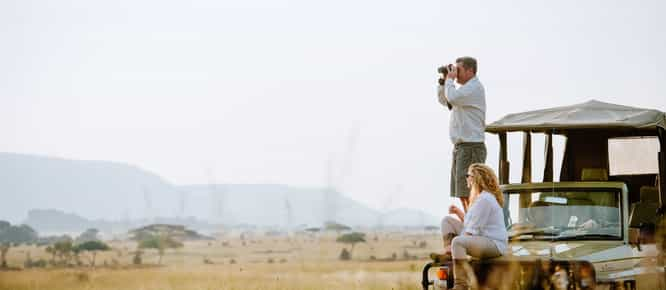It might be an enigma to many, but Ecuador welcomes visitors with a real sense of generosity. One of the smallest countries in South America, it still packs a punch when it comes to diverse and fascinating sights, whether it’s encountering 11 centuries of history in the cities and highlands, trekking your way through superlative Andean scenery, or discovering just where the wild things are (say hola to the Amazon and Galapagos Islands). We could write a book on its many marvels, but our Ecuador country guide is here to whet your appetite, spark inspiration – and get you ready to start planning your very own adventure.
Historic cities
At either end of the Ecuadorian Andes, Quito and Cuenca are the country’s time capsules, where the history of Incan to Spanish rule is evident in everything from the architecture to the traditions. The capital, Quito, is no sprawling city. Instead, it’s flanked by towering volcanoes and the Amazon basin and sits at 2,820 metres above sea level – you can just imagine the views. The very first UNESCO-recognised city in the world, Quito’s ‘Old Town’ will quickly draw your eye with its well-preserved Spanish churches (there are 200 of them), haciendas and plazas, all sitting under the gaze of the winged Virgin Maria atop El Panecillo hill. Quito was originally a pinnacle of the Incan civilization, which you’ll discover at the fascinating City Museum or House of Praise, a trove of pre-Columbian art and archaeological pieces.
Where the Andes ease into the green fields of Ecuador’s southern sierra, Cuenca is the cobbled centre of it all – and you won’t miss the striking, sky-blue domes of the Cathedral Nuevo. The home of the original panama hat, Cuenca brims with artisans and it would be remiss to skip a stroll through the markets where ceramicists, jewellers and weavers sell their creations. This is Ecuador, a country where no city is without its picturesque surroundings, and Cuenco doesn’t disappoint. Venture into the dramatic, lake-dotted Cajas National Park and try your luck at spotting a puma or spectacled bear, or visit Ingapirca, Ecuador’s only major remaining Incan ruins.
How do I do it?
Many itineraries begin in Quito. From here, Ecuador’s main international airport is just a 45-minute drive away. Most domestic flights around the country also leave from Quito but it’s a good base for a driving holiday too: Otavalo, a common next stop, is only 1 hour and 45 minutes by road, Cotopaxi is 1 hour and 15 minutes away, and the Avenue of Volcanoes is only two hours south of Quito. Cuenca is easily reached from Guayaquil (30 minutes) or Quito (2 hours), and both offer daily flights too. Alternatively, a private transfer can be arranged from Guayaquil, which will take around 3.5 hours.
Where do I start?
Quito is included on most Ecuadorian itineraries, while Cuenca is a fantastic addition to a journey through the Andes. Our Ecuador of old trip combines both with the highlights of Cotopaxi and the Avenue of Volcanoes, as well as a taste of the Pacific coast.
The Andes
Following the Andes northwards, the Avenue of the Volcanoes is a 300 kilometre-long valley of high, higher and highest peaks. The ensuing landscape is a hiker’s dream, whether you want a leisurely amble without the need for a guide, or plan to summit Chimborazo, the highest point on Earth (when measured from the centre). The pretty valley is also speckled with lakes, where tranquil kayak trips are the name of the game, and thermal springs, while the volcanoes provide even greater thrills: cycle down the face of Chimborazo or take a train ride along the Devil’s Nose, where you’ll descend nearly 1,000 metres in only 12 kilometres! If all that adrenaline makes you thirsty, visit the ‘Last Ice Merchant’, where traditional drinks are made from glacier ice, harvested by hand.
The Avenue of the Volcanoes leads perfectly into the Cotopaxi National Park, 32,000 hectares of wild moorland where vicunas and pumas dwell, curious flora grows, and Andean condors soar past the highest active volcano in the world. With a lot of preparation, it’s possible to summit the mighty Cotopaxi, which reaches the sky-brushing height of 5,897-metres above sea level. But, if you’re choosing to admire it from the ground, there’s still plenty of fun to be had: cycle across the landscape then cool off in the glacial pools of a waterfall, or enjoy a soak in nature’s spa (the hot springs), boat across the turquoise Quilotoa Crater Lake, or join local chagras on a canter across the hills.
In the northernmost corner of Ecuador, Otavalo is a delight for the senses. It’s most famous for hosting one of the largest indigenous markets in South America and, oh boy, does it live up to the hype. Stalls creak under the weight of local handicrafts and you’ll find everything from baskets and ceramics to tapestries and hammocks. Otavalo isn’t devoid of breathtaking scenery either. The Ombabaru Volcano stands grandly in the background, while the picturesque scenery is peppered with tiny villages (learn all about the El Chota’s music and mask-making traditions), volcanic peaks and meadows that are perfect for hiking, biking and riding horseback through the wildflowers.
How do I do it?
Should your journey begin in Quito, Otavalo is around 1 hour and 45 minutes by car, while Cotopaxi is 1 hour and 30 minutes away. Cotopaxi leads through the Avenue of the Volcanoes or vice versa, which makes planning a route between these areas via private transfer or on foot very simple.
Where do I start?
A route along the Andes, beginning from either direction, is a classic Ecuadorian trip. Check out our Adventure to the north trip and add a few days in the Avenue of the Volcanoes in the middle. Along the way, you’ll hike, horseback ride and find many an opportunity to gasp at the scenery.
The Amazon & Cloud Forest
When it comes to wildest Ecuador, this is where it really begins. Covering almost half of the country, the Amazon is a fiercely green, steamy wonderland where creatures of every size and species lurk between the leaves and below chocolate-coloured rivers, and real life seems to become a distant memory. It’s one of the most diverse ecosystems on the planet with 1,600 species of birdlife, 350 reptiles and 300 mammals – including the smallest monkey in the world, the three-toed sloth and pink river dolphins. A luxury, eco-focused lodge or cruiser will likely be your home for a few days, providing all-knowing guides to lead your explorations into the forest. Kayak along ethereal waterways, keeping your eyes peeled for caimans, giant otters and turtles, catch a show at the clay lick where parrots and parakeets gather to chatter, flirt and dine on the mineral-rich clay, and hike into the forest on day (or night) expeditions.
Rising at least 1,400 above the Amazon, Ecuador’s Choco-Andean Cloud Forest is largely inaccessible to visitors (except for those in the know) and, instead, belongs to the incredible menagerie of wildlife. Rising humid air from the Amazon cools to form swirls of mist, giving the cloud forest its name and fantastical atmosphere, and brave rays of sunshine give life to the incredible flora, including 200 species of orchids. Much of the forest is protected by private reserves with exceptional accommodation and expert staff, ready to share the secrets of the forest as you hike through the greenery, zipline overhead or float down river.
How do I do it?
When it comes to the Amazon, we recommend flying from Quito to the Francisco de Orellana Airport in Coca (35 minutes), where you’ll be picked up by a private car, before hopping in a motorised canoe for the transfer to your lodge. Driving from Quito is the best way to reach the Cloud Forest, a journey that varies in distance and difficulty depending on the park or lodge you’re visiting. However, expect it to take two hours or longer.
Where do I start?
Enjoy the best of both wildernesses with our natural gems trip, which adds a little time in historic Quito in between. Or go for a bit of everything on the Epic Ecuador trip, combine the Galapagos with the Amazon and Otavalo, and add a few days in the Cloud Forest to round it off.
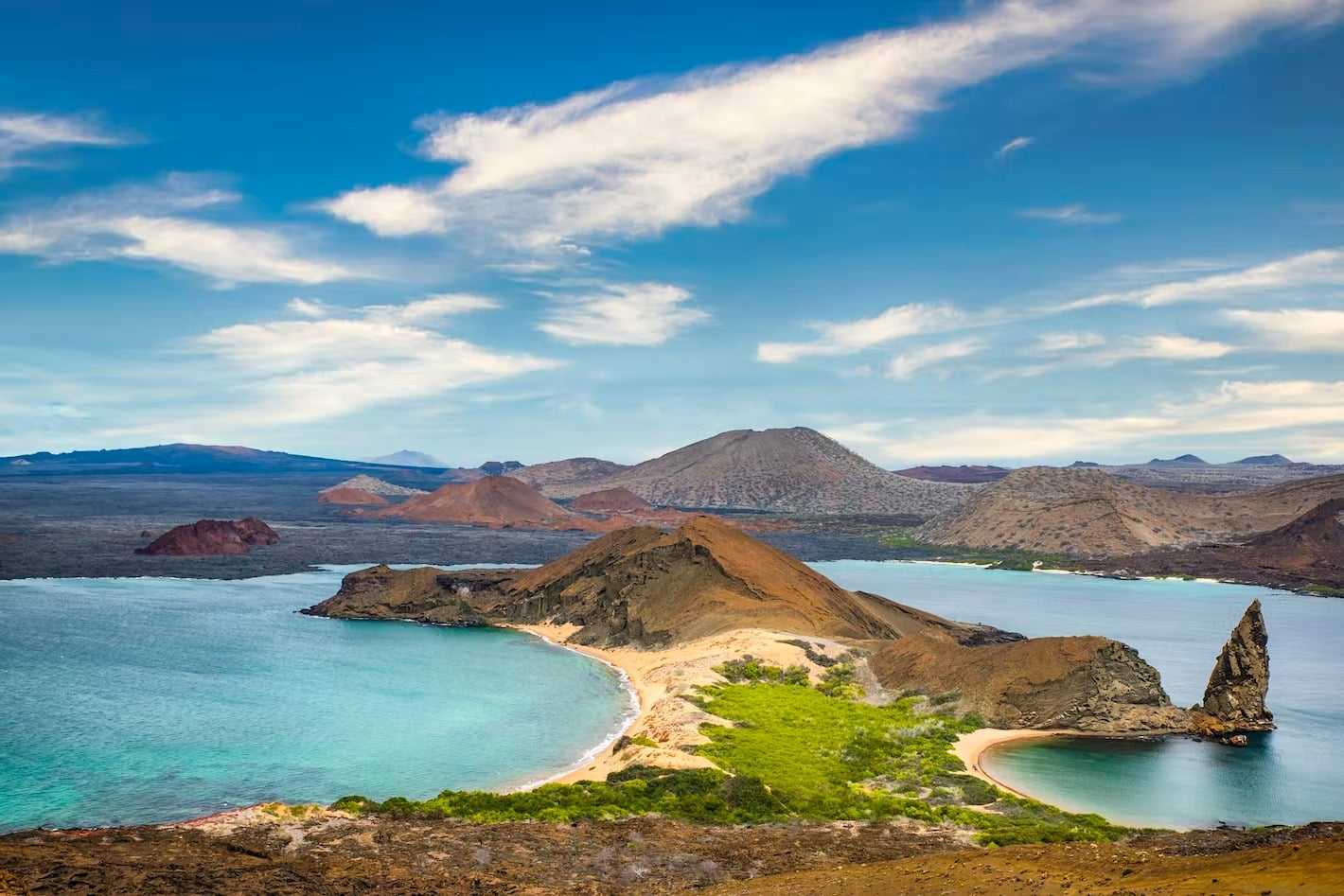
Guayaquil & The Galapagos
A mod city on the Pacific coast, Guayaquil is a natural stop-off before a life-changing few days in the Galapagos Islands. Ecuador’s largest city is no beauty spot, but highlights include an evening stroll along the Malecon 2000 promenade and a late dinner of the very popular Creole crab. If you’re in town for longer than a night, visit the historic Santa Ana Chapel for beautiful views, take a chocolate-tasting tour, or make your way down the ‘Route of the Sun’ and snooze on the golden beaches.
Most people have heard of the Galapagos archipelago, but to visit is something entirely different, and an utterly magical experience. Sitting 960 kilometres from Ecuador’s coastline, the archipelago is made up of 13 main islands ranging from forested and lush, to intrepid and volcanic. Endemic wildlife has evolved above and below the water and you’ll discover it on a luxury cruise, from some of Galapagos’ finest eco-hotels or both!
Each island has its own delights, from the swimming iguanas and lava tunnels of Santa Cruz to the striking Isabela, formed by the collision of multiple volcanoes, and home to five different species of giant tortoise and the Galapagos penguins (the only species found north of the equator). Quite simply, it’s not possible to exaggerate when it comes to the Galapagos Islands: there’s wildlife found nowhere else on Earth, pristine, pearlescent beaches, and all the while, the sense of being somewhere very, very precious.
How do I do it?
Flights to the Galapagos leave from Guayaquil and land on Baltra, an isle near Isla Santa Cruz. The Baltra Airport is also available for inter-island flights. The port on Isla Santa Cruz is the most common start and end point for cruises round the archipelago.
Where do I start?
As the guide book darling of Ecuador, there are multiple ways to explore the Galapagos Islands. You can cruise around its waters, island-hop, or spend a few days at a hotel, and we’ve got trips to suit them all. Get to know the archipelago’s two most famous islands on this trip or combine the islands with some mainland adventure on our Action-packed Ecuador & the Galapagos trip.
